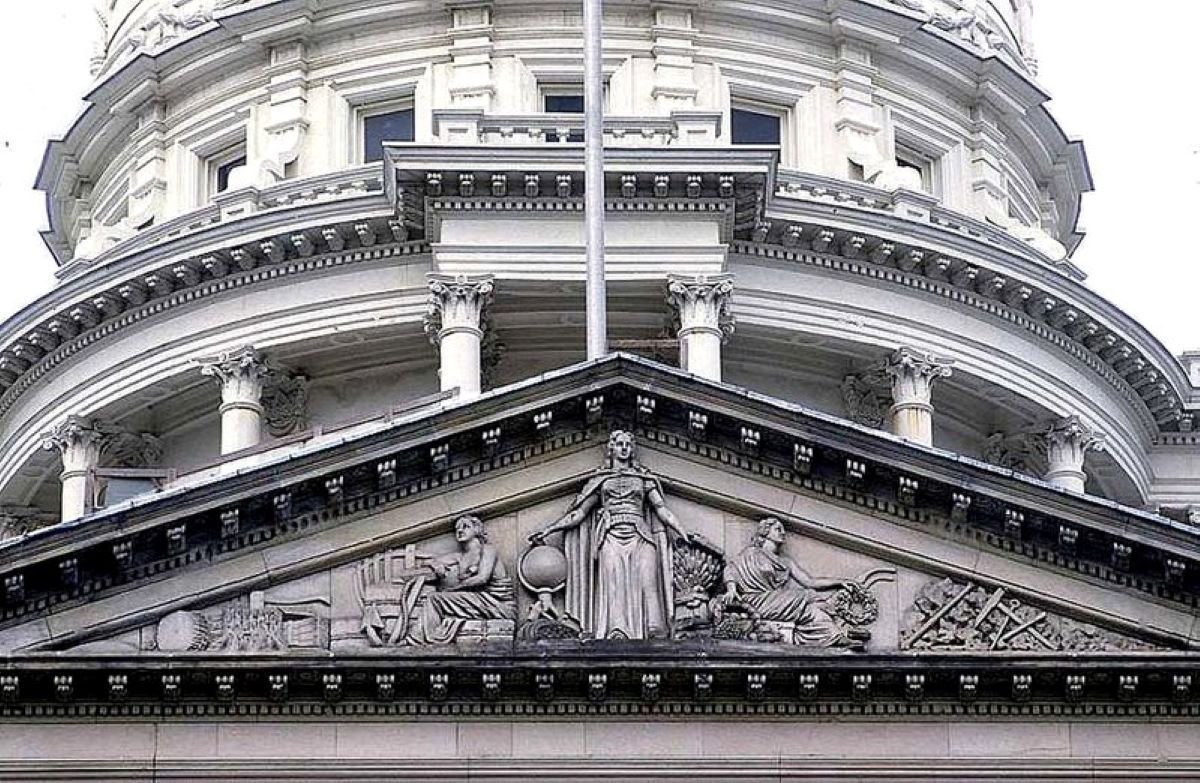Officials’ ‘Future Home’ is a pricey renovation project in disguise.
The Home of the Future: Green Bureaucracy vs. Market-Driven Innovation
Back in 2013, Business Insider envisioned the “Home of the Future” with remote-controlled appliances, advanced sensors, and personal robots. Today, many of these products are commonplace thanks to the efforts of entrepreneurs. But there’s another “Home of the Future” on the horizon, equipped with costly, poorly functioning appliances due to regulations imposed from the bureaucratic fiat of Washington, D.C.
Environmentally minded leftists are pushing for a national transition from gas to electrical power, with little regard for the costs foisted on consumers. The Biden administration has issued myriad rules to this end, unilaterally effecting a “Great Green-Up” of the American home, appliance by appliance.
A brief tour of the “Home of the Future” — as envisioned by regulators — illuminates the dichotomy between market-driven innovation and the real consumer costs of green bureaucracy.
Flipping the Switch
Upon arriving home via a federally prescribed and subsidized electric car, the homeowner of the future flips on the lights. Every bulb in the house is an LED — thanks to the constraints imposed by the Department of Energy (DOE) finalized in 2022. The DOE claims the elimination of the comparatively short-lived and energy-inefficient incandescents will save America’s 140 million utilities consumers about $21 annually, per capita.
However, according to researchers at the University of Michigan, the financial burdens of enforced LED adoption will likely fall hardest on low-income Americans. LEDs “are more expensive and less available in high-poverty urban areas than in more affluent locations,” the study found. The cost to upgrade “was twice as high in the highest-poverty areas.”
Consumers have opted increasingly for LEDs in recent years, allowing individuals to balance each technology’s respective short-term and long-term costs, among other factors. Sadly, environmentalists in Washington are too impatient to wait for citizens to alter their consumption habits voluntarily and are indifferent to the costs of enforcement.
The Overregulated Kitchen of Tomorrow
The homeowner of the future might be required to cook on an electric stove top. In January, a federal official hinted at a nationwide ban on gas stoves, which triggered a wide backlash. In February, the DOE instead proposed rules that could ban — by the agency’s own estimates — more than half of currently available gas stoves. Meanwhile, in May, New York State enacted a ban on gas hookups in most new residential buildings.
However, electric stoves can cause far more problems than their gas-powered counterparts. The National Fire Protection Association found that four-fifths of cooking fires involve electric stoves. They correlated with significantly inflated rates of reported fires (2.6 times higher than gas stoves), civilian fire death rates (3.4 times higher), civilian fire injury rates (4.8 times higher), and average fire dollar loss (3.8 times higher).
Moreover, many home chefs prefer the temperature flexibility that cooking with gas offers — and that electric cooking lacks. And despite gas ranges’ slightly higher up-front costs, “In most American states, natural-gas appliances cost between 10 and 30 percent less to operate on a regular basis than electric alternatives,” as Noah Rothman notes in National Review.
After the meal, the homeowner of the future must clean his dishes with a slow, inefficient dishwasher. A proposed DOE standard, published in 2018, would require dishwashers to use no more than 3.1 gallons of water per cycle. This would be a significant reduction from the current standard of 5 gallons per cycle. But as The Wall Street Journal reports, “The new rules would extend the cycle time of dishwashers by up to an hour, and the cleaning performance of the appliances would suffer.”
The Bottom Line
The “Home of the Future” as envisioned by regulators is a far cry from the one imagined by entrepreneurs. Market-driven innovation has brought us remote-controlled appliances, advanced sensors, and personal robots. But green bureaucracy threatens to saddle us with costly, poorly functioning appliances that fail to meet our needs and preferences. It’s time to let consumers decide what appliances they want to use and how they want to use them.
The Future of Homeownership: Green Regulations and Higher Costs
In May, new federal regulations will require dishwashers to use significantly less water and power. However, these regulations have historically skyrocketed average cycle times, driving consumers to choose the far less water-efficient practice of handwashing dishes. This is just one example of the Biden administration’s actions on refrigerators, freezers, clothes washers, air conditioners, and more. Unfortunately, the prices of electricity and natural gas have spiked since the president took office.
Going Green Costs More Green
Bureaucrats portray their mandates not only as eco-friendly but also as significant cost savers. However, government projections should not be trusted blindly. Consider the DOE’s gross overstatement of the net benefits of its Weatherization Assistance Program. Even apart from the DOE’s estimates, these green regulations will save Americans very little. Worse, if Democrats’ so-called green “equity” dreams come true, households of the future could be paying more for their energy not based on usage, but based on how much money they make compared to their neighbors.
In 1776, America’s founders declared that “Governments are instituted among Men” “to secure” the individual’s rights to “Life, Liberty and the pursuit of Happiness.” Left-wing environmentalists would rather dictate and micromanage every detail, down to what everyday life inside a typical home looks like. The “home sweet home” of the future is anything but sweet.
" Conservative News Daily does not always share or support the views and opinions expressed here; they are just those of the writer."





Now loading...